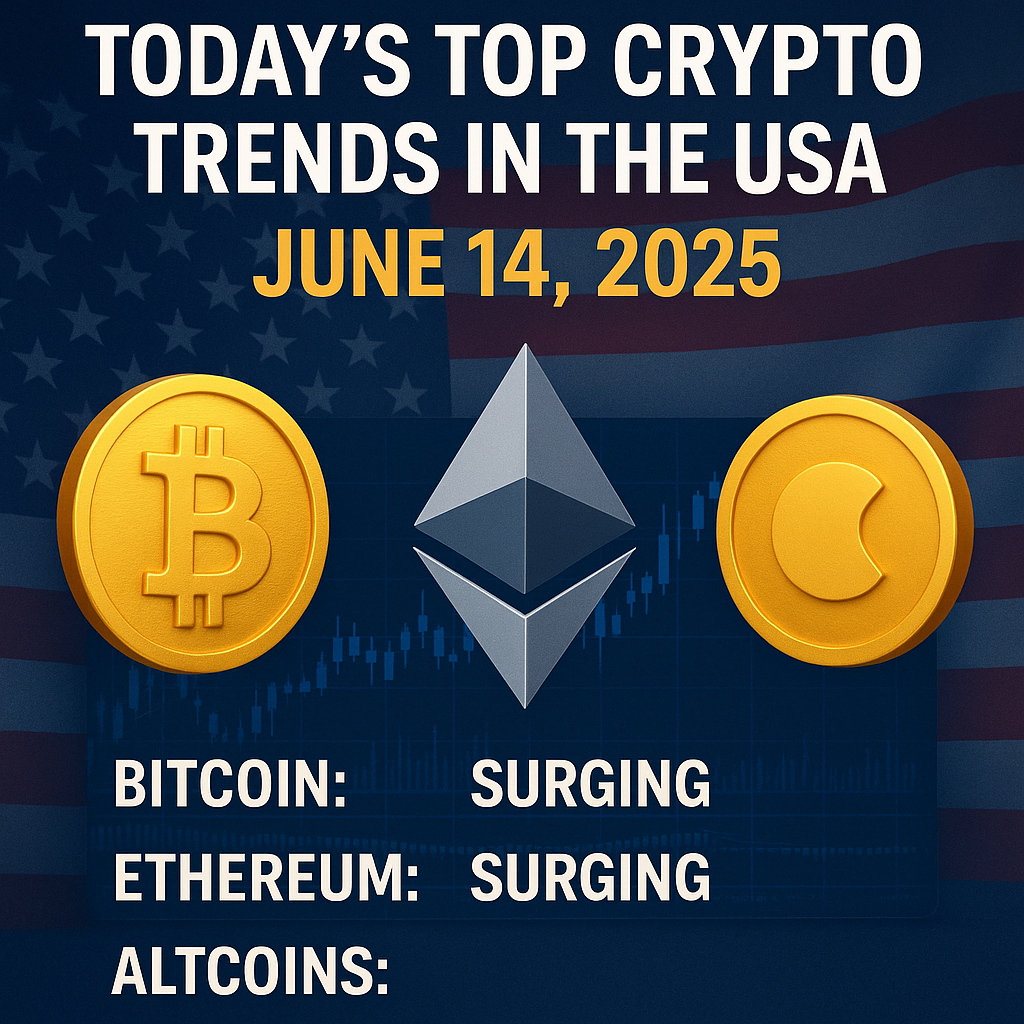Ethereum is more than a cryptocurrency. Ethereum’s Incredible Journey It’s a movement that reshaped how we view finance, ownership, and the internet. Launched in 2015 by visionary developer Vitalik Buterin, Ethereum introduced the world to smart contracts — programmable agreements that run without human intervention. Since then, it has grown into the backbone of DeFi, NFTs, DAOs, and countless decentralized apps.

🔄 The Beginning: Ethereum’s Bold Idea (2013–2015)
In 2013, 19-year-old Vitalik Buterin envisioned a blockchain that could do more than just transfer money. His whitepaper outlined Ethereum, a platform where developers could build decentralized applications (DApps). In July 2015, Ethereum officially launched, introducing Ether (ETH) as its native currency.
- Ticker: ETH
- Initial Price: ~$0.75
- Launch Date: July 30, 2015
Ethereum’s mission was clear: decentralize the internet.
🚨 The DAO Hack & Chain Split (2016)
Ethereum hit turbulence early. In 2016, a project called The DAO — a decentralized venture capital fund — was hacked, losing ~$50 million in ETH. To reverse the damage, Ethereum’s community decided to roll back the blockchain, leading to a split:
- Ethereum (ETH) — the updated chain
- Ethereum Classic (ETC) — the original chain
Despite controversy, ETH emerged stronger, showing adaptability in crisis.
🌟 ICO Mania & Network Congestion (2017–2018)
Ethereum’s smart contract functionality became the foundation for the ICO (Initial Coin Offering) boom in 2017. Projects raised billions using Ethereum’s infrastructure. However, increased demand caused network congestion and sky-high gas fees.
- ETH price peaked at ~$1,400 in Jan 2018
- Thousands of new tokens launched on Ethereum
While the market crashed in 2018, Ethereum’s reputation as a builder’s platform remained.
🚀 DeFi & NFTs Take Over (2019–2021)
Ethereum regained momentum with the rise of Decentralized Finance (DeFi) and NFTs:
- DeFi apps like Uniswap, Aave, and Compound revolutionized finance
- NFTs brought digital ownership to art, music, and gaming
By 2021, ETH soared to an all-time high of ~$4,800, driven by adoption and innovation.
⚖️ The Merge: Ethereum Goes Green (2022)
In September 2022, Ethereum completed “The Merge,” transitioning from energy-intensive Proof of Work (PoW) to eco-friendly Proof of Stake (PoS).
- Energy usage dropped by 99.95%
- Ethereum became more scalable and secure
The Merge was a milestone, proving Ethereum’s long-term viability and sustainability.
🌐 2023–2025: Scaling Ethereum for the World
With PoS live, Ethereum focused on Layer 2 scaling solutions like:
- Arbitrum
- Optimism
- Polygon (formerly Matic)
These solutions reduce gas fees and boost transaction speed. Ethereum is now powering real-world use cases like:
- Blockchain gaming
- Supply chain tracking
- Digital identity systems
- Global financial apps
ETH remains a top-3 cryptocurrency, with growing institutional and developer support.
📊 Ethereum Price Highlights (2015–2025)
| Year | Major Event | ETH Price (Approx.) |
|---|---|---|
| 2015 | Initial Launch | $0.75 |
| 2017 | ICO Boom | $1,400 |
| 2018 | Crypto Winter | ~$90 |
| 2021 | DeFi + NFT Peak | $4,800 |
| 2022 | Ethereum Merge | ~$1,200 |
| 2025 | Layer 2 Adoption | ~$4,500+ (estimate) |
Q1. Is Ethereum still a good investment in 2025?
Yes. With strong developer activity, enterprise adoption, and its role in DeFi/Web3, Ethereum remains one of the most valuable crypto assets.
Q2. What’s the difference between Ethereum and Bitcoin?
Bitcoin is primarily digital gold, while Ethereum is a smart contract platform enabling apps, DeFi, and NFTs.
Q3. Will Ethereum gas fees ever go down?
Yes. Layer 2 solutions and Ethereum upgrades aim to significantly reduce gas costs over time.
Q4. Is Ethereum eco-friendly now?
After The Merge in 2022, Ethereum became 99.95% more energy-efficient.

